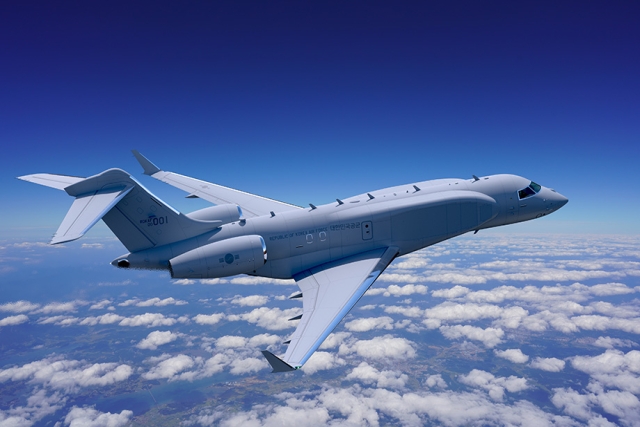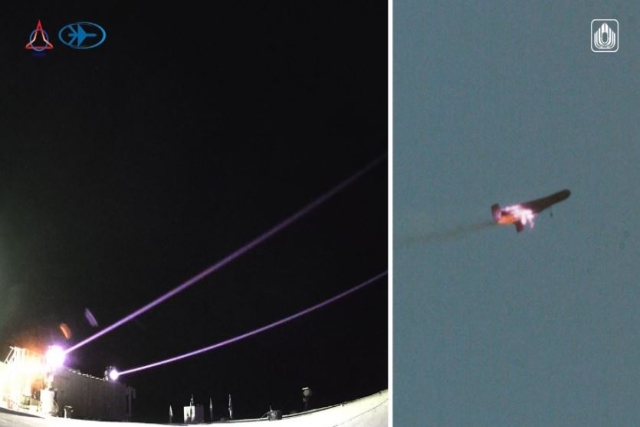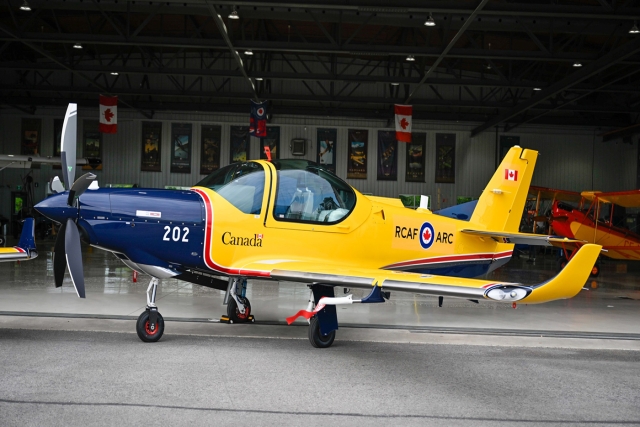Lockheed Martin Demos LRASM MK 41 Vertical Launch System Interface
Lockheed Martin recently validated that its Long Range Anti-Ship Missile (LRASM) can be launched from any MK 41 Vertical Launch System (VLS) upon software modification to the existing shipboard equipment.
During the company-funded test, LRASM and Tactical Tomahawk Weapons Control System (TTWCS), MK 41 VLS and Mk-114 booster hardware with modified software executed simulated missions and provided all electrical interfaces and data transfers needed to prepare and launch LRASMs.
LRASM is an autonomous, precision-guided anti-ship standoff missile leveraging the successful Joint Air-to-Surface Standoff Missile Extended Range heritage, and is designed to meet the Offensive Anti-Surface Weapon needs of U.S. Navy and Air Force warfighters.
"This recent test demonstrates the low-risk and low-cost of launching LRASM from a ship, and was made possible by a cross-company team effort," said Glenn Kuller, vice president of advanced and special programs at Lockheed Martin Missiles and Fire Control. "This program success helps pave the way for rapid fielding of a surface launch capability, meeting our warfighters' critical needs."
Lockheed Martin has invested $30 million to reduce risk and accelerate LRASM Initial Operational Capability on U.S. Navy DDGs. Multiple Lockheed Martin businesses are involved in this effort. Lockheed Martin Missiles and Fire Control has overall responsibility for the LRASM program. Lockheed Martin Mission Systems and Training manufactures the MK 41 VLS for the DDG 51 platforms and the Mk-114 booster hardware. Lockheed Martin Information Systems and Global Solutions collaborates with several Navy laboratories to develop and integrate TTWCS.
In September 2013, Lockheed Martin successfully launched the first LRASM Boosted Test Vehicle from a MK 41 VLS launcher at White Sands Missile Range, N.M. During the test, MK 41 VLS successfully ignited the LRASM Mk-114 rocket motor, and the LRASM Boosted Test Vehicle penetrated and exited through the canister cover and performed a guided flight profile similar to a tactical configuration.
In 2014, there will be two DARPA-funded surface-launch demonstrations with a LRASM vertically launched from the Desert Ship at White Sands Missile Range, transitioning to controlled flight and target area impact.










